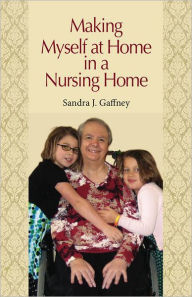Patient, Heal Thyself : How the new Medicine Puts the Patient in Charge
by Robert Veatch
2020-07-08 23:03:09
Patient, Heal Thyself : How the new Medicine Puts the Patient in Charge
by Robert Veatch
2020-07-08 23:03:09
Robert Veatch is one of the most distinguished American bioethicists, having in many ways helped to create that field. His new book is on a theme he has developed for thirty years: his view that a fundamental and radical change is sweeping through th...
Read more
Robert Veatch is one of the most distinguished American bioethicists, having in many ways helped to create that field. His new book is on a theme he has developed for thirty years: his view that a fundamental and radical change is sweeping through the American health care system but has so farreceived relatively little attention. This change is so fundamental and far-reaching that Veatch claims we are in the early stages of a ''new medicine'' that will replace what we think of as modern medical practice.The change is in how we think about medical decision-making. Whereas modern medicine''s core idea was that medical decisions should be based on the cold, hard facts of science -- the province of the doctor -- the ''new medicine'' reflects the notion that medical decisions impose value judgments.Since physicians can claim no expertise on making those value judgments, the pendulum has swung greatly toward the patient in evaluating alternatives and making decisions about their treatment. While the doctor''s expertise is consulted, the patient is in control. In short, doctor no longer knowsbest. Veatch shows how this is only true for value-loaded interventions (abortion, euthanasia, genetics) but coming to be true for almost every routine procedure in medicine -- everything from setting broken arms, to choosing drugs for cholesterol or osteoporosis. Veatch uses a range offascinating contemporary and historical examples to reveal how values underly almost all medical procedures, and illustrate his case that this change is inevitable and a positive trend for patients.
Less
































